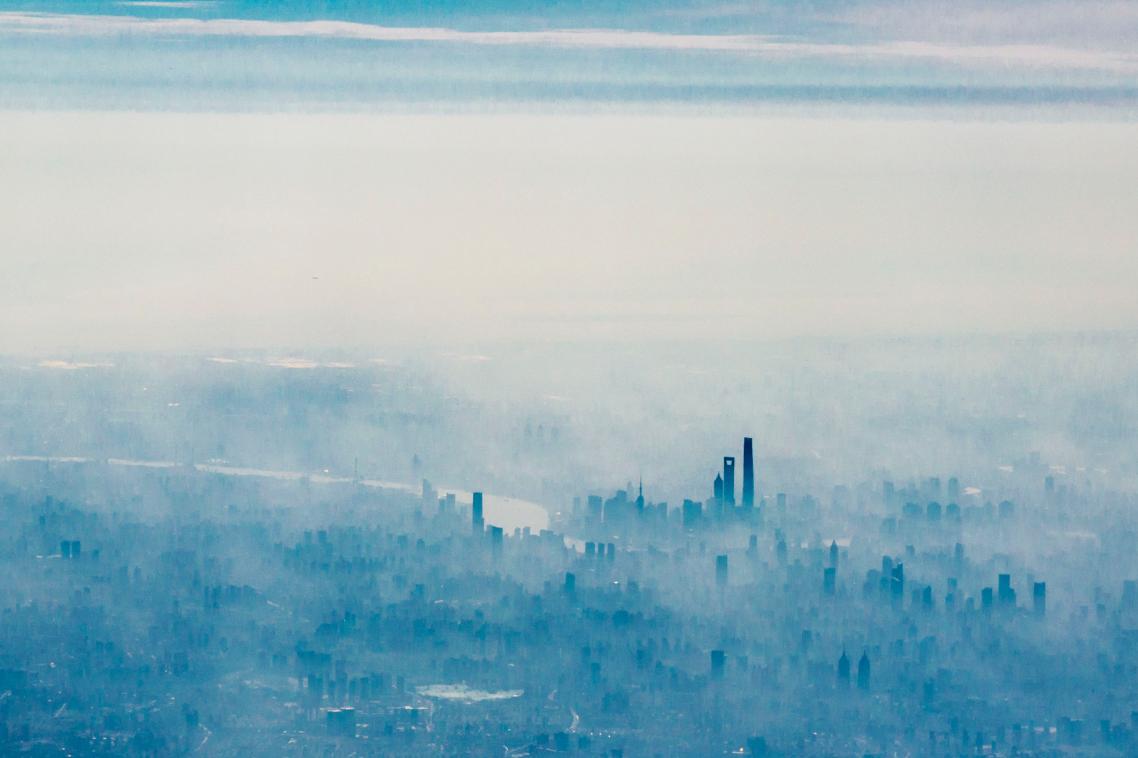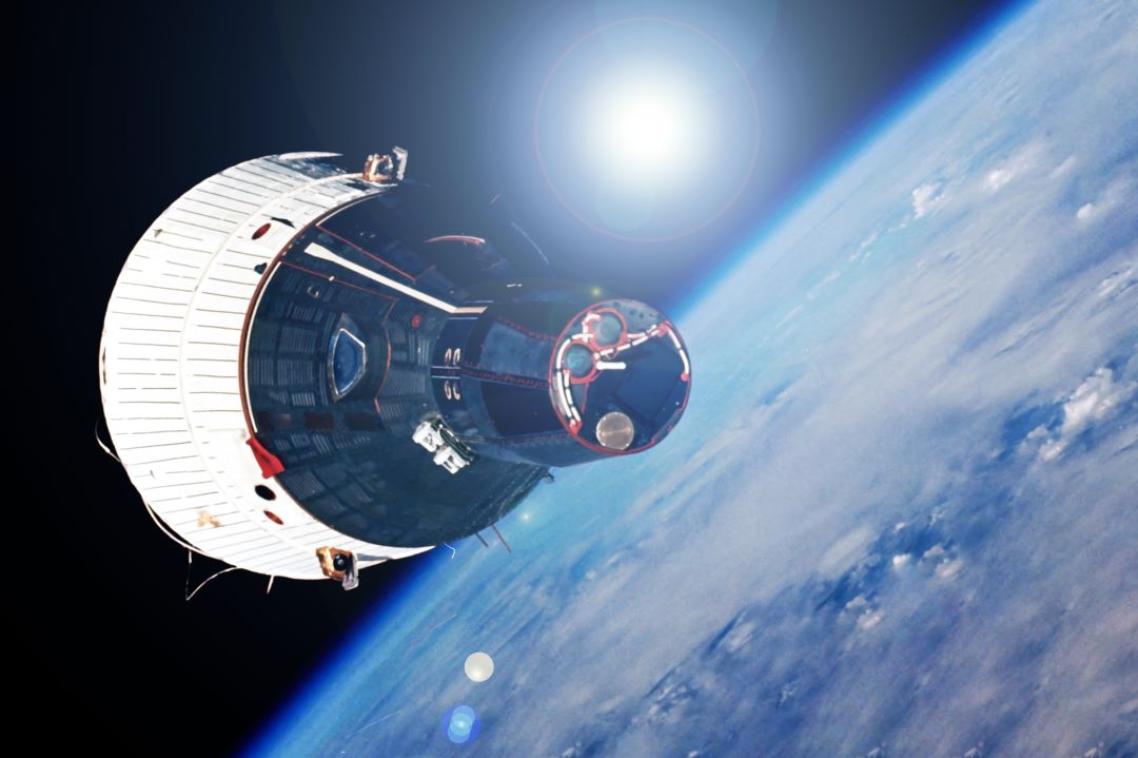Researchers serve up climate change solution

An international team of researchers has discovered a cost-effective way to generate electricity without producing greenhouse gas emissions – while also reducing air pollution.
University of Queensland PhD candidate Liang Cao was part of a team that analysed the impacts of combining crop residue such as sugar cane mulch with coal in a chemical engineering process known as gasification, to generate electricity.
“We used a simulation platform to model and assess the impacts of combining this gasification with carbon capture and storage technologies to generate an environmentally friendly power source,” Mr Cao said.
“The model proved we could not only generate electricity without carbon emissions, but could also remove existing carbon dioxide from the atmosphere.”
Mr Cao said carbon negative technologies could help countries achieve the Paris Agreement goal of limiting global warming to two degrees Celsius.
“We focused our modelling and analysis on China, as it is the largest manufacturing country in the world and is facing serious problems around air pollution and huge carbon dioxide emissions,” he said.
“Our paper provides critical insights for designing a strategy in China to harness air-quality benefits while laying the foundation for achieving negative carbon emissions in the long run.”
Mr Cao said the results could be applied in countries such as Brazil and India, which also face serious air pollution from biomass burning.
“It could also provide Australia with a smooth transition from high-carbon emission electricity production to low-carbon emissions.”
Associate Professor Xi Lu from Tsinghua University said with full implementation of a carbon market in China, low-carbon technology could prove to be more economical than existing coal-fired powered plants.
The research is published in the Proceedings of the National Academy of Sciences (https://doi.org/10.1073/pnas.1812239116).
Media: UQ Communications, communications@uq.edu.au, +61 7 3365 1120; PhD candidate Liang Cao, l.cao@uq.edu.au.
Topics
Related articles

Thousands of Queensland reef photos lead to worldwide change

UQ to conduct world-first tests into effectiveness of magnetic heat shields for atmospheric re-entry of large spacecraft
Media contact
UQ Communications
communications@uq.edu.au
+61 429 056 139
